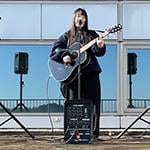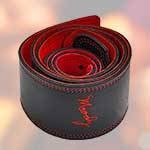20°C (68°F) with a humidity of 50% is the optimal environment for stringed instruments.
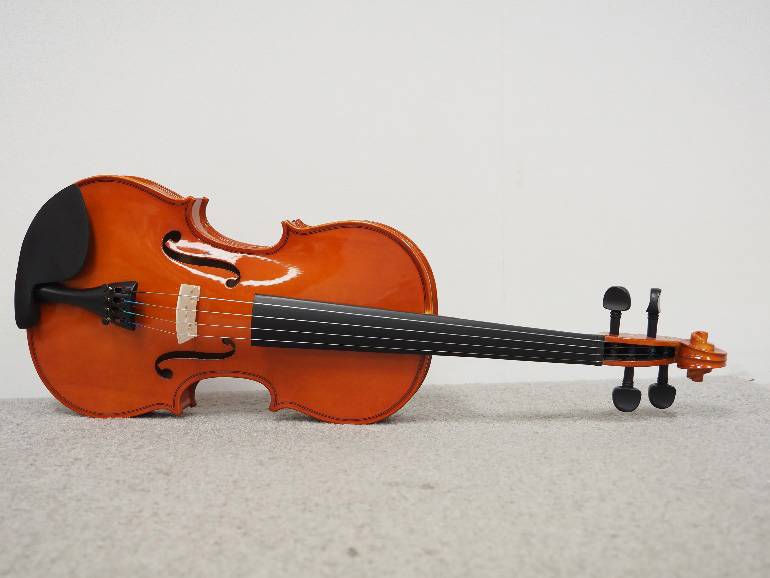
Have you ever seen phrases like this?
20°C and 50% is quite comfortable for humans as well. I couldn't find out who was the first person to say this. Yes, it’s also on the Internet, and when more than one person says the same thing, it’s easy to assume this is true. Still, if the teacher says it, it’s considered to be at the same level of scripture. There is no room for doubt.

Antonio Stradivarius was from the Baroque era. There were no air conditioners in that era. According to Wikipedia, hygrometers already existed in Italy during the Renaissance. In the Baroque period, science was also advanced, so it is possible that people may have perceived humidity in a way that is closer to modern times than we think.
They probably knew from experience that humidity greatly affects the sound of instruments, for example, instruments do not sound well when it rains a lot, and instruments sound better when the weather is nice. Still, in an era without air conditioning, they probably did not ever think that they could control humidity.
In practice, we have to tolerate a certain range of climates for the use of instruments, as long as the environments are not extreme.
In the 21st century, we live in an environment where temperature and humidity can be controlled by air conditioners, dehumidifiers, and humidifiers. Since we are equipped with such facilities and machinery, at first glance it may seem that there is nothing to worry about.
On the other hand, there are various types of humidity control materials available for use inside instrument cases. Let me introduce a few.
First, there’s the hygrometer.
D’Addario / PW-HTS Humidity & Temperature Sensor
There are various products such as hair hygrometers, but the accuracy of digital hygrometers seems to be promising.
Boveda comes with Fender products, and its pop of color on the package design is pleasing to the eye.
70g x 1 bag, replacement recommended: 2 to 3 months
Technos Nakata / Dry Forte Humidity Regulator for String Instruments
Dry Forte is a favorite among violin and mandolin users. This product is manufactured and sold by Technos Nakata, a Japanese manufacturer of humidity control materials. Three smaller bags are ideal for violin cases.
30g x 3 bags, replacement guideline: 3-4 months
Greco / Dry Crew Orange Humidity Regulator
The silica gel material is the same as other manufacturers, but Greco's DRY CREW comes scented. There are 9 fragrances in total. The image here shows the orange scent.
70g x 1 bag Replacement recommendation: 6-12 months
Fernandes / Dr.Dry - Humidity Control Material for Musical Instruments
Dr.Dry from guitar maker Fernandes
40g x 2 bags
Dry Forte 30g x 3 and Dr Dry 40g x 2.
The 40g package may be a surprisingly good size for a guitar case. Why not consider this depending on the size of the instrument you use and the shape of the case?
The H-95, which is 100g in total (50g x 2 bags), may be the best in terms of the most economical.
It was more than 25 years ago when I first visited Cremona in Italy. At that time, there were only a few workshops in Cremona that had air conditioning. It was a time when the currency was still the lira.
You might have an image of a musical instrument workshop as a perfectly air-conditioned room… but I remember that the reality was not that.
It is very difficult to perfectly control humidity. However, it is certain that "B-type silica gel" humidity regulators such as the one introduced here can reduce the effect of humidity on instruments to some extent.
Taking good care of your instrument is the bare minimum in keeping and playing a musical instrument, isn't it?
What is silica gel?/Technos Nakata Corporation
The website of the manufacturer of Dry Forte, Technos Nakata, has an explanation on silica gel in detail. They are indeed a specialized manufacturer.
One more thing I would like to ask our readers to do is to clean the inside of your instrument case on a nice day. The instruments themselves can be wiped, polished, and touched up, but what about the inside of the case? In the rainy season, there are not many days when the air can get through. Vacuum the inside of the case, keep it out of direct sunlight, and let it air dry to keep it clean. Wipe off the pine sap from your bow and clean that as well.
You will enjoy a comfortable clean life with your violin.





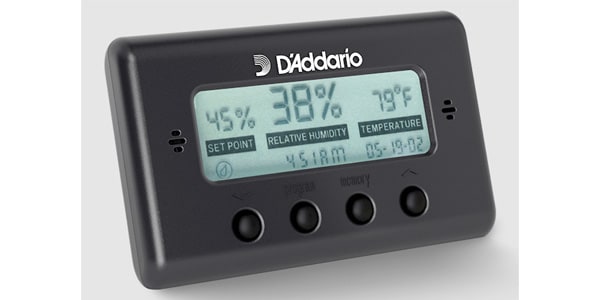
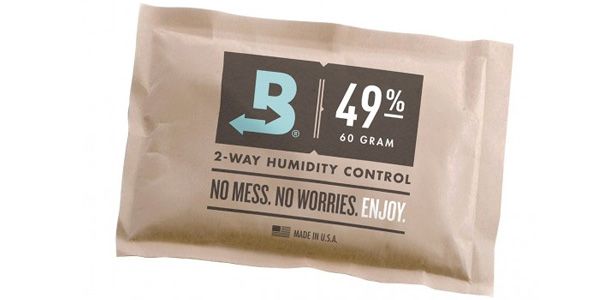
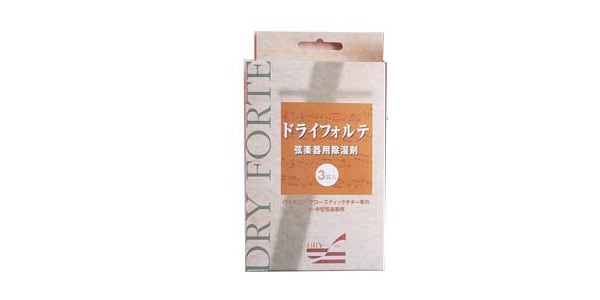
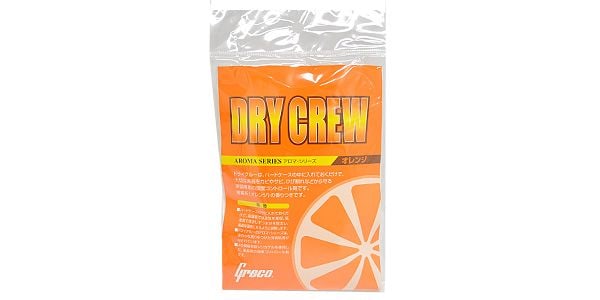
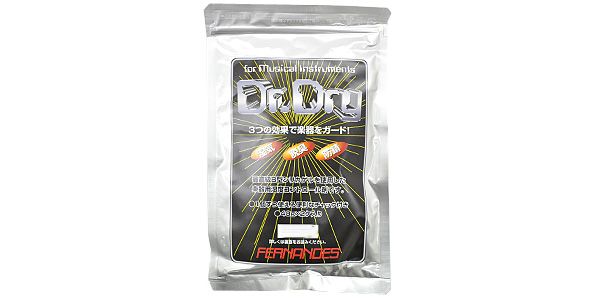
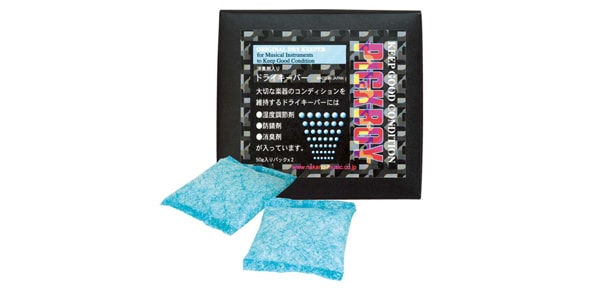

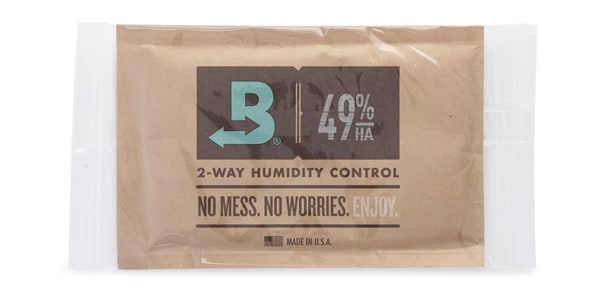





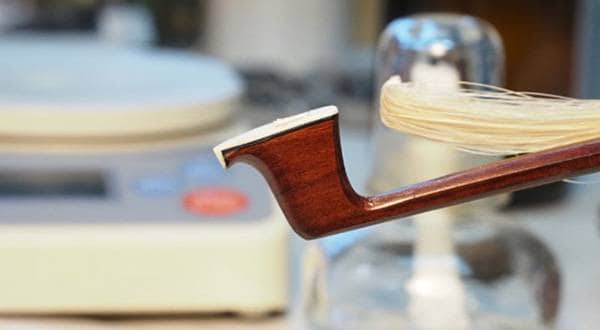
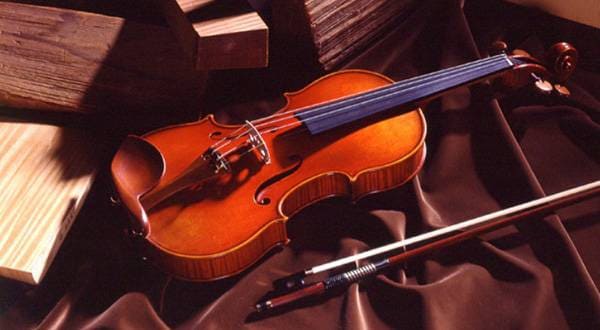
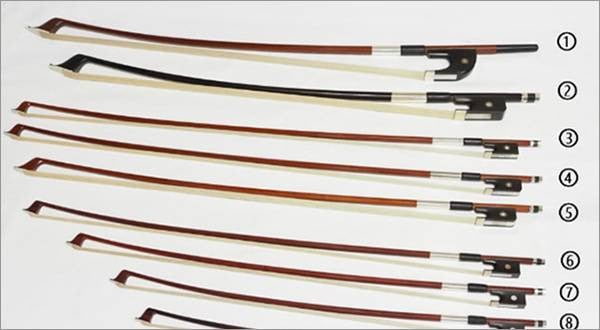
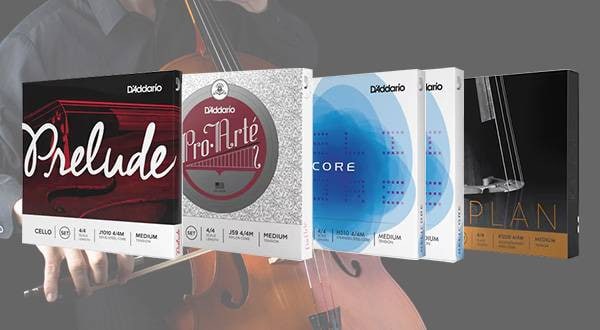
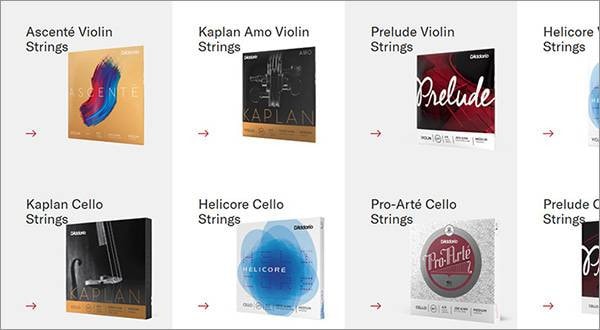
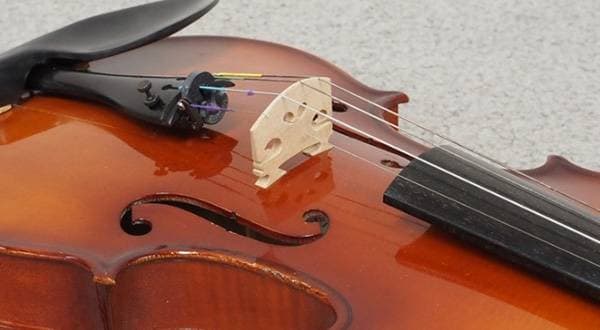
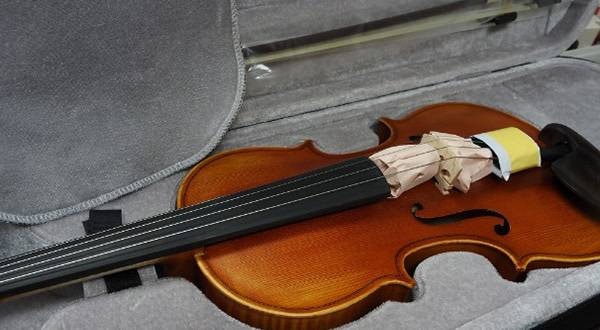

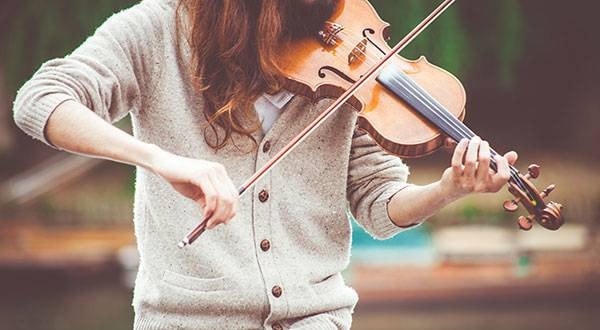
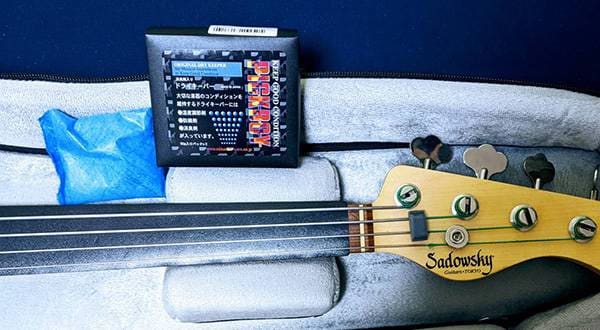
![[Caution] Its getting humid! About the effects of humidity on acoustic guitar](/contents/uploads/thumbs/5/2020/9/20200904_5_11114_1.jpg)
 バイオリンスタートガイド
バイオリンスタートガイド
 PLAYTECH 弦楽器
PLAYTECH 弦楽器
 チェロの各部名称と置き方
チェロの各部名称と置き方
 バイオリンの手入れ
バイオリンの手入れ
 弦楽器 初心者講座
弦楽器 初心者講座
